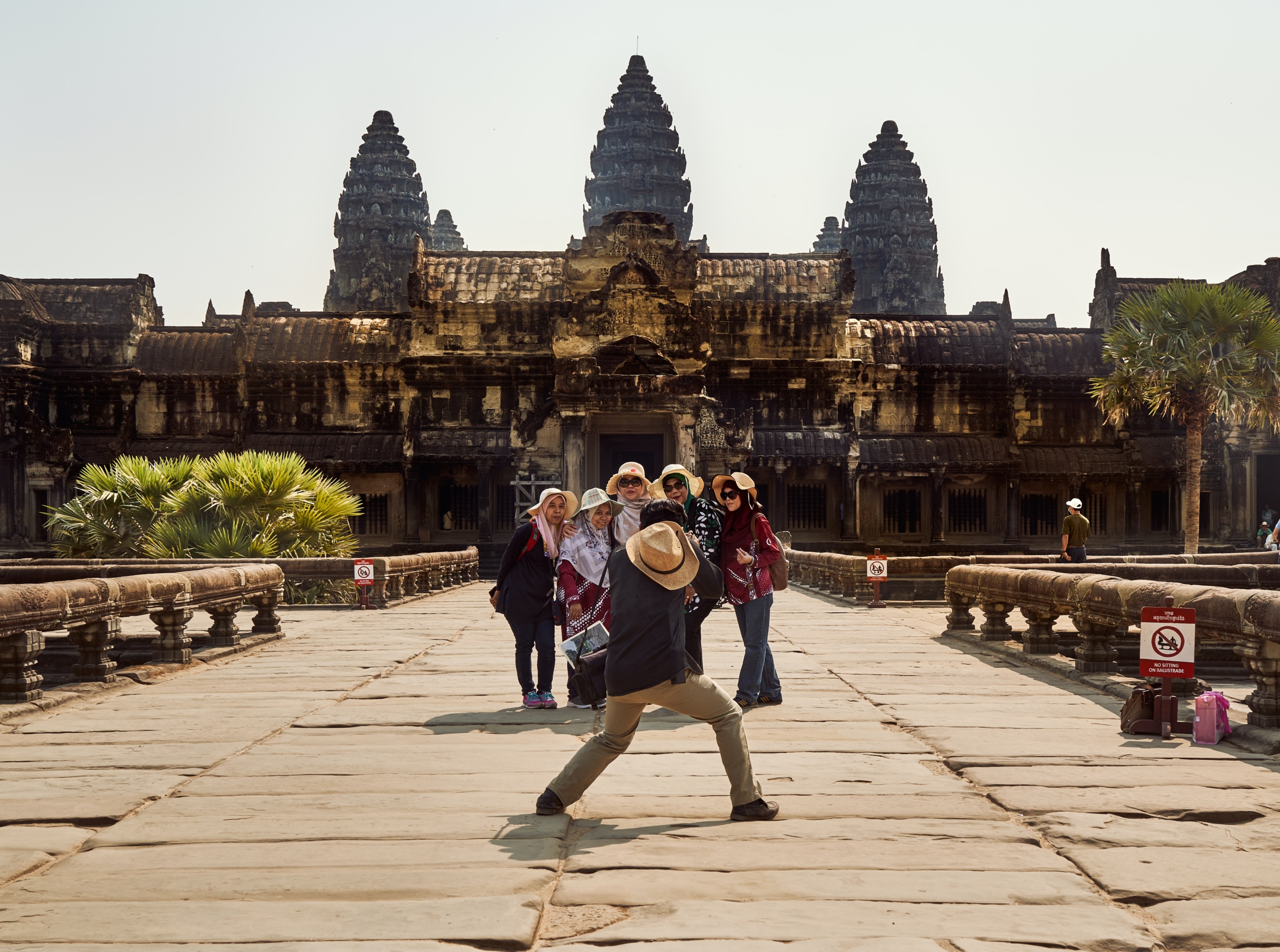Cambodian Poverty: Halved in 8 Years
 Cambodia is home to nearly 17 million people in Southeastern Asia, nestled between Thailand to the west and Vietnam to the east. The country has a troubled history involving decades of conflict and economic and political instability. Because of these conditions, the Cambodian poverty rate topped 36% as of 2014.
Cambodia is home to nearly 17 million people in Southeastern Asia, nestled between Thailand to the west and Vietnam to the east. The country has a troubled history involving decades of conflict and economic and political instability. Because of these conditions, the Cambodian poverty rate topped 36% as of 2014.
The good news is that in the last eight years, Cambodian has improved significantly, cutting its poverty rate in half even during the pandemic years, which took a massive toll across the globe. The number of people living in poverty has decreased from 5.6 million to 2.8 million, and while there is more work to do, there is tangible evidence that progress is possible.
Steps Toward Improvement
Cambodia is a developing nation where 61% of the population lives in rural areas, and the majority, around 77%, depends on agriculture for their livelihoods. Notably, the country has experienced significant economic growth, particularly in the tourism and construction sectors. The garment industry has also seen expansion, and foreign investments have resulted in increased job opportunities in manufacturing and services, offering better-paying work.
Because of the growth in tourism and garment exports, Cambodia’s economy is one of the fastest-growing in the world. When higher-paying jobs are made available, residents can move away from low-paying agricultural jobs, boosting their earnings and the quality of life around them. The World Bank reports that access to essential services, such as sanitation and education, and access to electricity and water sources has also improved.
USAID is an NGO that has been working diligently to address poverty in Cambodia, spending the last five years helping farmers raise and reinvest earnings to expand the markets where they can sell their products. It has trained 230,000 people on improved nutritional practices and allowed more than 14,000 farmers to access credit. USAID has also been crucial in private sector investments, leveraging more than $20 million to support economic growth and accountable governance.
Cambodian Youth
Children are among the most vulnerable in Cambodia and account for almost 35% of the population as of 2019, which continues to increase. Access to education is on the rise, but many children rely on boats and rivers to attend classes as they commute from rural areas. Cambodia is prone to environmental threats like flash floods, which were responsible for the closure of more than 200 schools in October 2022.
Cambodia ranks 46th on the Children’s Climate Risk Index, but the Royal Government of Cambodia has already begun tackling climate change, aiming for net-zero emissions by 2050. As part of this emissions goal, future and existing infrastructure dedicated to solar and hydropower is being climate-proofed. The Royal Government also wants to increase forest cover by 60% in the national land area within six years. These measures will protect the land within Cambodia’s border and secure the future for the next generation of Cambodians.
Looking Ahead
Cambodia offers valuable insights for countries addressing poverty. It collaborates with local NGOs on a well-thought-out plan to combat climate change. The nation prioritizes tourism and garment exports, boosting its economy. These initiatives could leave a lasting impact on Cambodia’s young population, who are the future custodians of their country and people.
– Benett Crim
Photo: Unsplash
